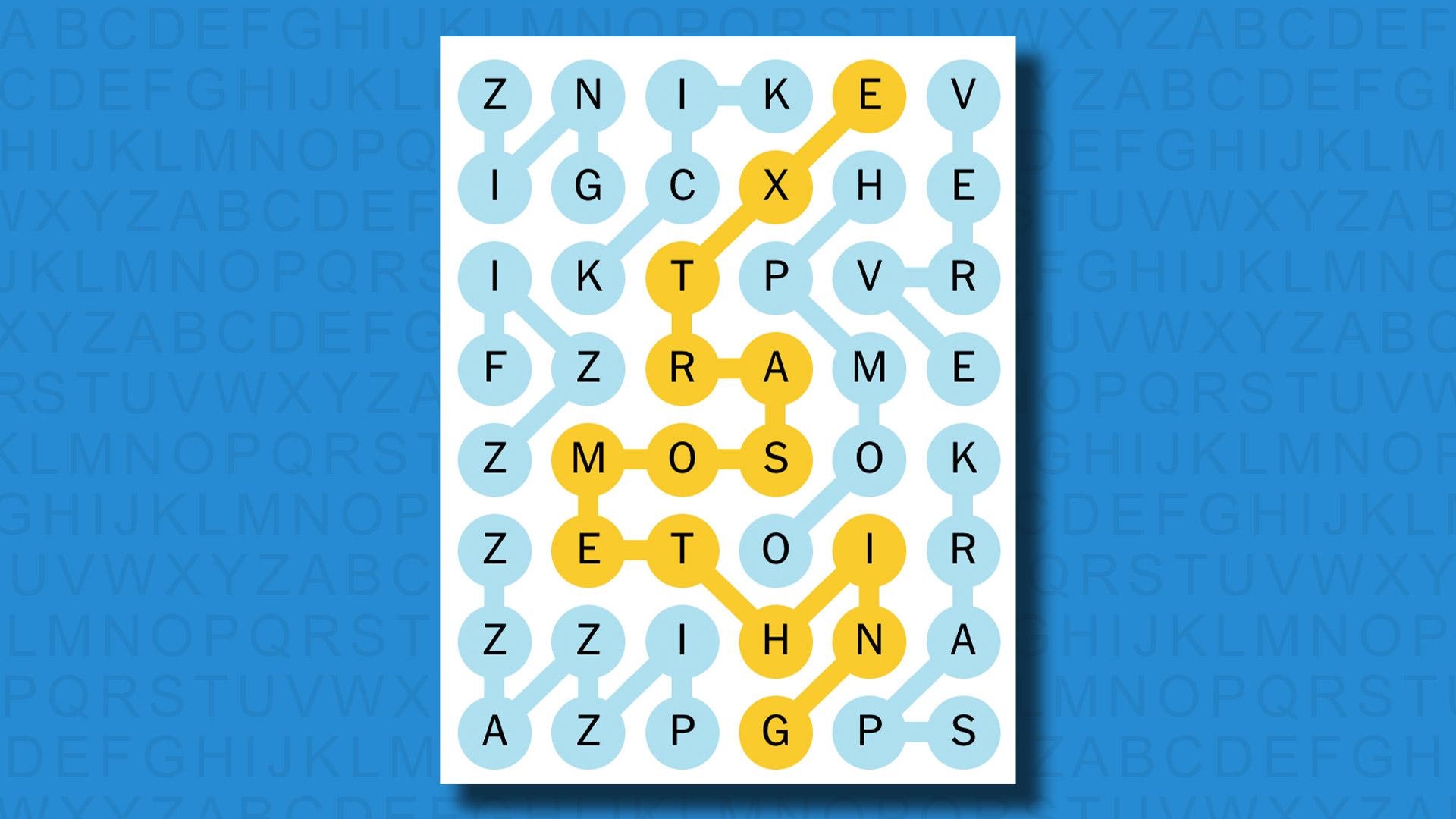Understanding NYT Strands Hints in Crossword Puzzles

The Importance of Hints in Crossword Puzzles
Crossword puzzles have long been a staple of newspaper culture, providing both entertainment and a mental challenge for avid solvers. In recent times, the New York Times (NYT) has incorporated innovative strands of hints that have transformed the traditional crossword solving experience. These hints are not just clues; they offer pathways to make solving puzzles more accessible and engaging for a wider audience.
What are NYT Strands Hints?
NYT strands hints refer to a unique feature in the NYT crossword puzzles that serve not only as clues but as thematic motifs guiding solvers through the puzzle. They can connect specific answers or give contextual background, adding depth to the solving process. These hints may include broader themes or wordplay that require solvers to think creatively and make connections between different words in the crossword.
Recent Examples and Popularity
In the latest crosswords published by the NYT, strands hints have been praised for their cleverness and clever design. For instance, a recent puzzle featured a strand where clues were aligned with common idioms or phrases, encouraging solvers to think laterally. Many crossword enthusiasts have taken to social media to express their appreciation for these creative hints, marking a change in how puzzles are perceived.
Impact on Solvers
The introduction of strands hints is seen as a way to attract a younger demographic to crossword puzzles. By bridging the gap between traditional wordplay and modern themes, NYT strives to make crosswords more relatable and enjoyable. Reports from the NYT editorial team suggest that this shift has led to an increase in the crossword puzzle subscriber base, highlighting the importance of adapting content for evolving reader interests.
Conclusion: The Future of Crosswords
The NYT’s approach of incorporating strands hints into their puzzles is indicative of a broader trend in media where content must continually adapt to stay relevant. By enhancing the entertainment value of crossword puzzles and making them more inclusive, the NYT is setting a precedent that could influence other publications. As crosswords continue to evolve, we can expect to see further innovations that not only challenge our minds but also engage us with the linguistic creativity that crossword puzzles are known for.
